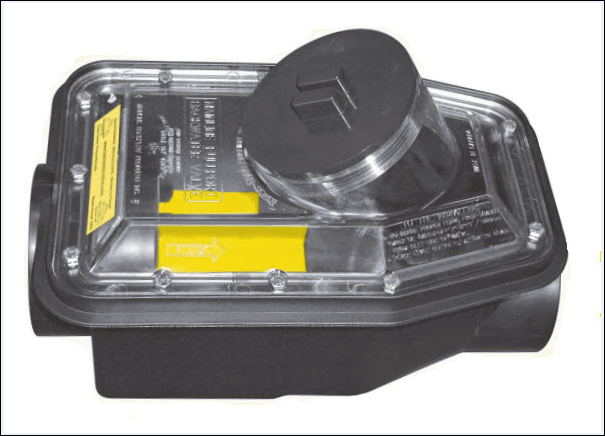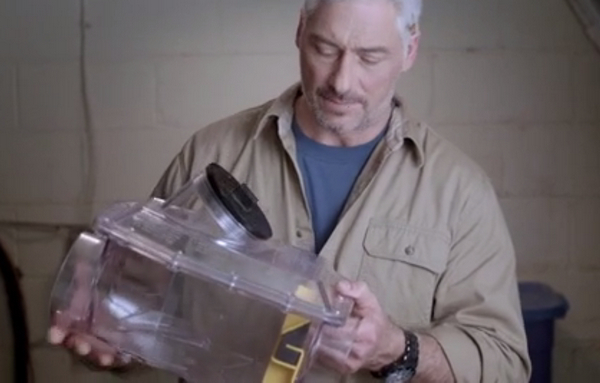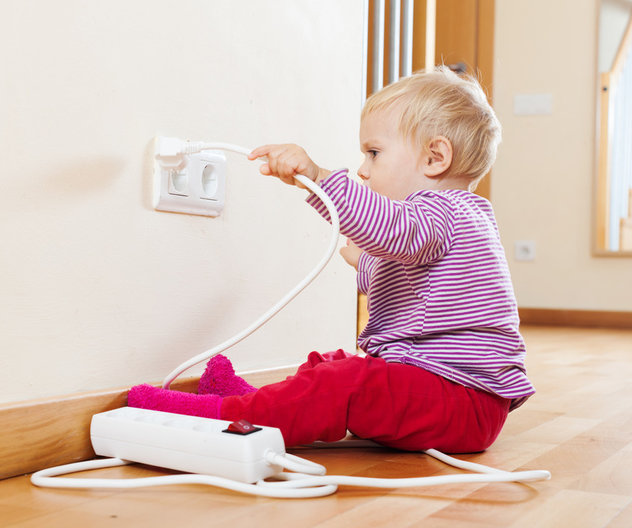If you think having your home flooded with water is bad, just imagine if it were sewage.
A mainline backwater valve is placed directly into the sewer lateral at the foot of your basement wall. The device allows sewage to flow in only one direction – out of your house. When sewage begins to move toward your basement, the valve closes.
This valve is installed directly into the sanitary sewer lateral, and serves to protect all home plumbing fixtures from sewer backup.

Some municipalities offer subsidies to offset the cost of installing a backwater valve, as long as you follow their rules. (For example, you can read about Toronto’s Basement Flooding Protection Subsidy Program here)
Make sure you install the type of valve recommended by your municipality. In most cases they require the normally open (or open-port) mainline backwater valve. This valve is installed directly into the sanitary sewer lateral, and serves to protect all home plumbing fixtures from sewer backup.
Installation of the backwater valve may reduce the cost of insurance or be required as a condition of insurability.
WHEN INSTALLING BACKWATER VALVES:
The valve should be installed based on the manufacturer’s installation instructions, which have specifications for placement and grading. Proper placement and installation of the backwater valve is extremely important. If placed in the wrong location relative to other plumbing fixtures on the sanitary lateral, the valve could be bypassed and provide no protection. This can in turn lead to sewer backup pressure which can cause cracks to the basement floor and lead to flooding.
If the weeping tiles are still connected to the sanitary sewer lateral downstream of the valve, sewage could be forced back into the weeping tiles and lead to structural damage to the foundation, which can also lead to infiltration flooding.
Like other parts of your home, backwater valves require periodic maintenance to ensure proper performance. An improperly maintained valve may fail during a flood. Most mainline backwater valves come with a see-through top so you can check to see if it is clogged with debris.
The valve should be checked regularly to ensure that it will function properly when it is needed. You will likely need the help of a qualified plumber to carry out maintenance of the valve.
After a backwater valve has been installed do not use plumbing, such as flushing toilets, running dishwashers, washing machines, or running taps, etc. during intense rainfall. If the home plumbing is used when the backwater valve is closed, water will have no way to exit your home until the valve has reopened.
If you’re not sure if the valve is closed, check it – you should be able to see it through the clear, plastic top.





